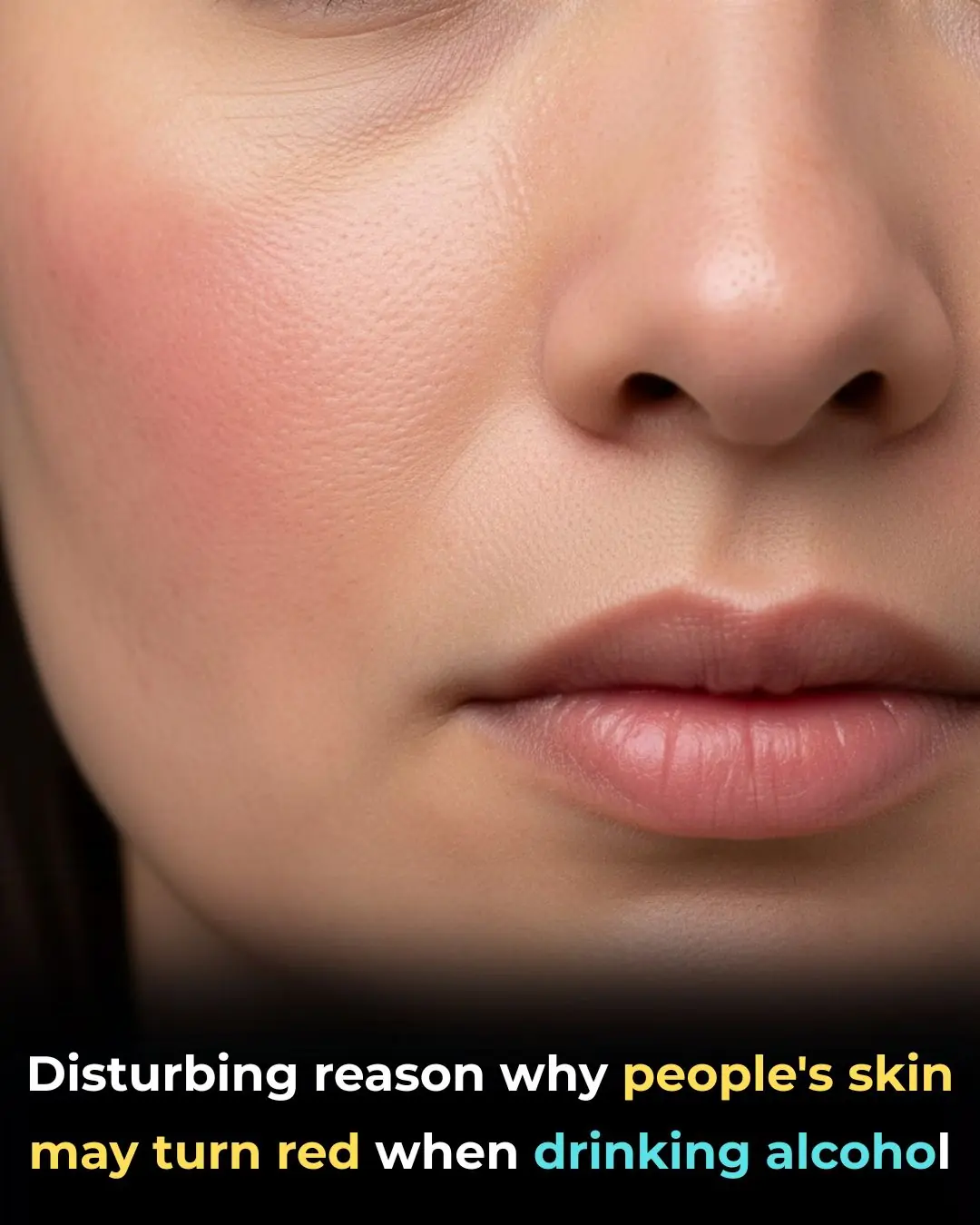
Say Goodbye to Swelling: Natural Ways to Beat Water Retention Fast!
Water retention—also known as edema—occurs when excess fluids accumulate inside the body’s tissues. This buildup often leads to noticeable swelling in the hands, feet, ankles, and legs. While it is usually temporary, persistent or recurring water retention can be uncomfortable and may indicate an underlying health issue. Understanding why it happens, how it feels, and what you can do to treat it is essential for maintaining good overall health.
Causes of Water Retention

There are several reasons the body may hold on to extra water. Some of the most common include:
-
High sodium intake, especially from processed or packaged foods
-
Hormonal fluctuations, such as during menstruation, pregnancy, or menopause
-
Certain medications, including steroids, anti-inflammatory drugs, and blood-pressure medications
-
Lack of regular physical activity, which can affect circulation
-
Underlying medical conditions, including heart failure, liver disease, kidney disorders, or thyroid problems
In some cases, even standing or sitting for long periods can trigger swelling. Identifying the underlying cause is key to choosing the right treatment and preventing the issue from returning.
Symptoms of Swelling in Hands and Feet
Water retention in the hands and feet can appear gradually or suddenly. Common symptoms include:
-
Puffiness or visible swelling
-
Stiffness or reduced mobility
-
A heavy or tight sensation
-
Skin that appears stretched, shiny, or overly smooth
-
A temporary indentation remaining when the swollen area is pressed (known as "pitting edema")
Recognizing these signs early allows you to take action quickly and prevent discomfort from worsening.
Why Staying Hydrated Helps Prevent Edema

It may seem contradictory, but drinking enough water is one of the best ways to fight water retention. When the body senses dehydration, it reacts by storing extra fluid as a protective response. Proper hydration supports kidney function, allowing the body to flush out excess sodium, toxins, and metabolic waste—major contributors to swelling.
Aim for steady hydration throughout the day rather than drinking large amounts at once, which can sometimes overwhelm the kidneys.
Dietary Adjustments to Reduce Water Retention
Your diet plays a significant role in fluid balance. Helpful adjustments include:
-
Reducing sodium intake by limiting fast food and packaged items
-
Increasing potassium, which helps regulate fluid movement in and out of cells
-
Eating more whole foods such as fruits, vegetables, lean proteins, nuts, and healthy fats
-
Cutting back on preservatives and artificial additives, which can encourage water retention
Making these changes consistently can support better digestion, improved circulation, and healthier fluid levels.
Foods That Help Flush Out Excess Fluid
Some foods naturally act as gentle diuretics, helping the body eliminate extra water:
-
Cucumbers
-
Watermelon
-
Celery
-
Citrus fruits
Potassium-rich foods that help restore balance include:
-
Bananas
-
Avocados
-
Sweet potatoes
Adding these ingredients into your daily meals can boost hydration and help your body detox more efficiently.
Herbal Teas That Reduce Swelling

Several herbal teas contain natural compounds that encourage hydration and help the body release excess fluid. Popular choices include:
-
Dandelion tea
-
Green tea
-
Parsley tea
One to two cups per day may help decrease puffiness and support the kidneys’ natural detox processes.
Epsom Salt Soaks for Hands and Feet
Epsom salt baths are a simple and soothing way to reduce swelling. The magnesium sulfate in Epsom salt helps draw out excess fluids, relax muscles, and calm inflammation.
How to make an Epsom soak:
Mix ½ cup of Epsom salt into a basin of warm water and soak your hands or feet for 15–20 minutes. Do this several times per week for best results.
Anti-Inflammatory Smoothie Recipe
A refreshing smoothie can offer hydration and anti-inflammatory benefits.
Ingredients:
-
1 cup kale
-
1 cup pineapple chunks
-
½ cucumber
-
1 tbsp chia seeds
-
½ lemon, juiced
-
1 cup coconut water
Blend and enjoy in the morning for a nourishing, fluid-balancing start to your day.
Natural Diuretic Drink Recipe
Try this simple, water-flushing drink:
Ingredients:
-
1 cup watermelon
-
½ cucumber
-
½ cup cranberry juice
-
Juice of 1 lemon
Blend until smooth. Drink in the morning or early afternoon to help your body release excess fluid and reduce bloating.
Hydrating & Detoxifying Soup Recipe
Warm, nutrient-rich soups can also support hydration and reduce swelling.
Ingredients:
-
1 chopped onion
-
3 minced garlic cloves
-
1 tbsp olive oil
-
4 cups low-sodium vegetable broth
-
1 cup chopped celery
-
1 cup chopped carrots
-
2 cups spinach
-
1 tbsp fresh parsley
-
Salt and pepper to taste
Sauté onion and garlic in olive oil, add remaining ingredients, and simmer for 20–25 minutes. Enjoy alongside meals to support cleansing and hydration.
Lifestyle Habits to Prevent Water Retention

Simple daily habits can dramatically reduce swelling and keep water retention under control:
-
Exercise regularly to promote circulation
-
Elevate your legs, especially after standing for long periods
-
Wear compression stockings if recommended
-
Maintain a nutrient-rich, balanced diet
-
Reduce stress, which affects hormones and inflammation
-
Get adequate sleep, allowing the body to regulate fluid levels
Consistent lifestyle changes promote stronger circulation and help your body maintain a healthier balance of fluids.
Conclusion: Keeping Fluid Levels Balanced for Better Health
Maintaining balanced fluid levels is essential for overall wellness. By understanding what causes water retention—and using a combination of dietary adjustments, hydration, natural remedies, and healthy lifestyle practices—you can reduce swelling, support your organs, and feel better day to day.
Being proactive about your health and listening to your body’s signs can help prevent chronic discomfort and improve long-term well-being.
Source: remedydaily
Medical Disclaimer:
This article is for informational purposes only and is not a substitute for professional medical advice. Always consult a doctor or qualified healthcare provider before making significant dietary or lifestyle changes.
News in the same category


What Your Nails Reveal About Your Health: Hidden Signs You Shouldn’t Ignore

The #1 reason to drink lemon water daily (and the mistakes that ruin it)
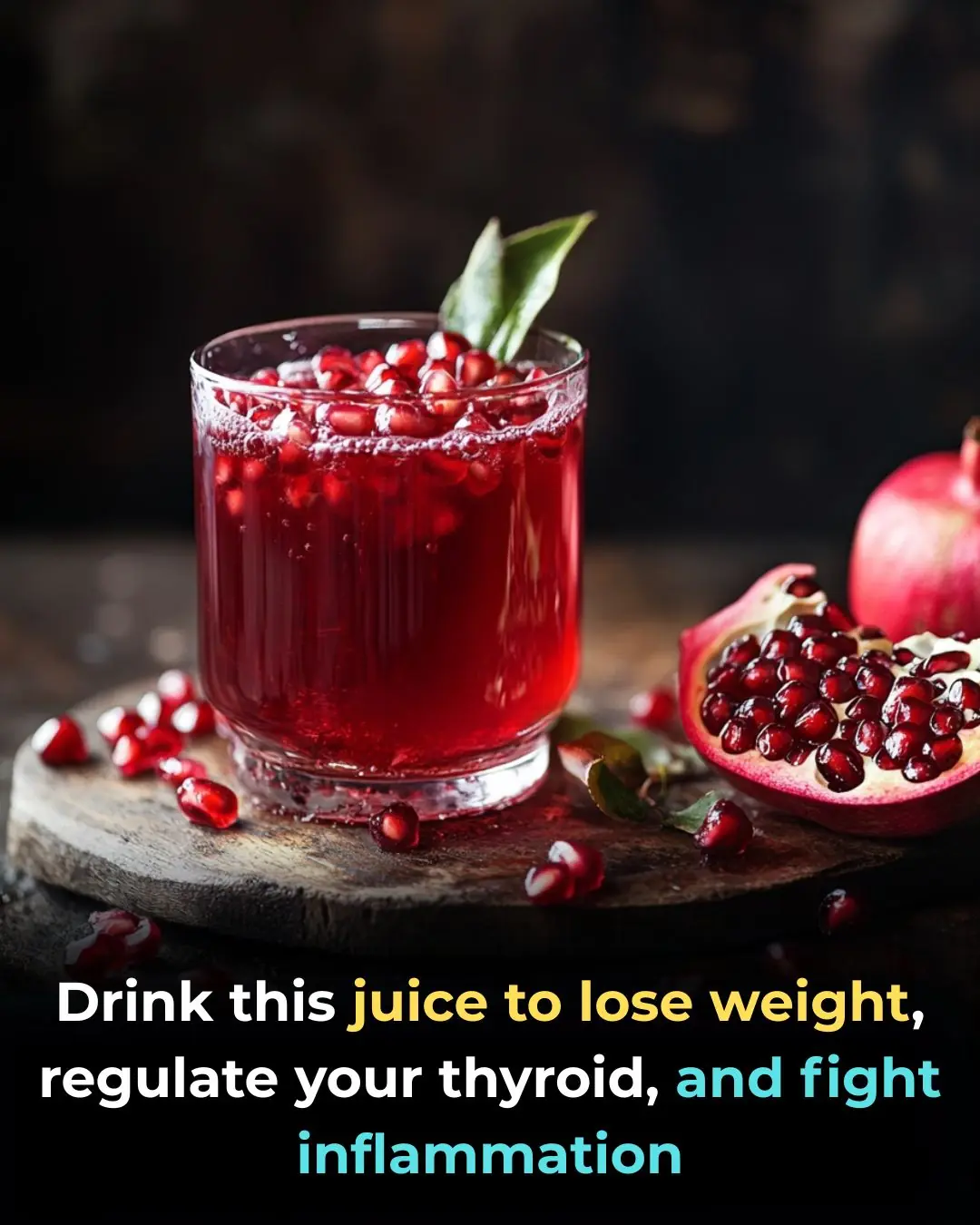
Maintain Your Thyroid in Top Condition with This Juice

Eggs in Pregnancy: How They Can Supercharge Your Baby’s Brain Development

Scientists Achieve Breakthrough in Reversing Human Skin Cell Aging by 30 Years: A New Era for Anti-Aging and Regenerative Medicine

Eating Eggs Weekly May Reduce Alzheimer’s Risk by 47%: What New Research Reveals

The best way to lower blood sugar fast!

Signs of pancreatic cancer you should never ignore

Top 3 Foods to Prevent Leg Cramps in Seniors: Strengthen Your Legs Naturally!

5 Herbs Your Liver Wished You’d Start Eating More Often (Or At Least Try!)

Top 10 foods that unclog arteries naturally and prevent heart attack
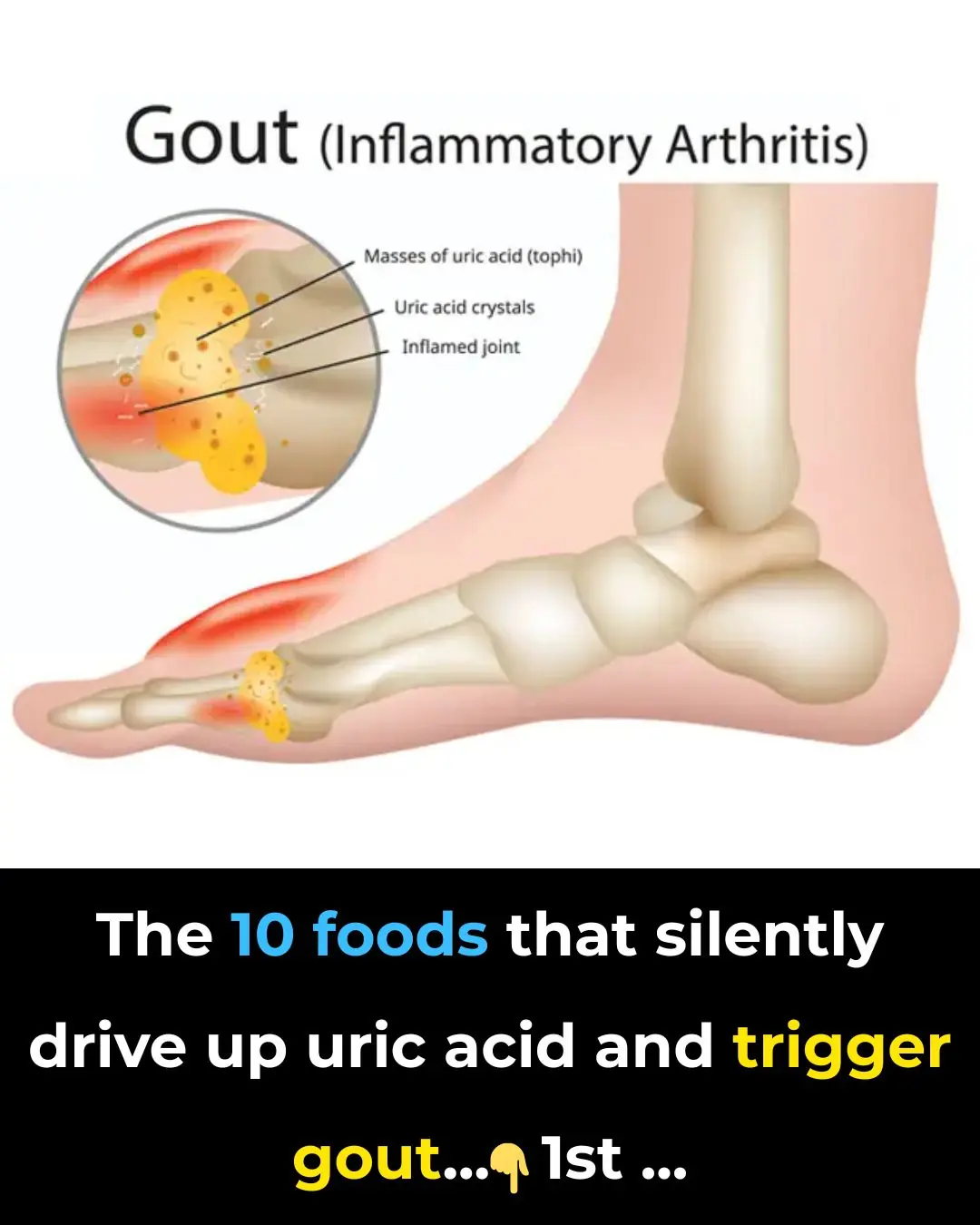
Top 10 Uric Acid Foods To Avoid If You Have Gout

The natural ingredient that helps you sleep through the night and boosts fat burning
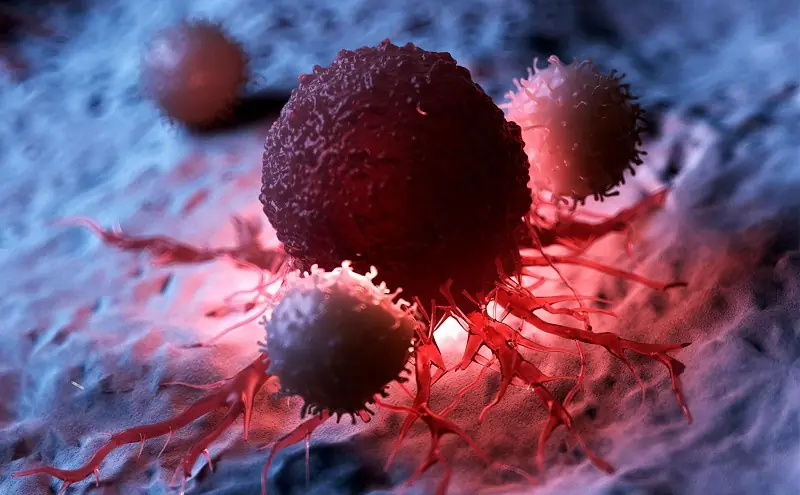
Cancer Dies When You Start Eating These 8 Foods. Time To Start Eating Them
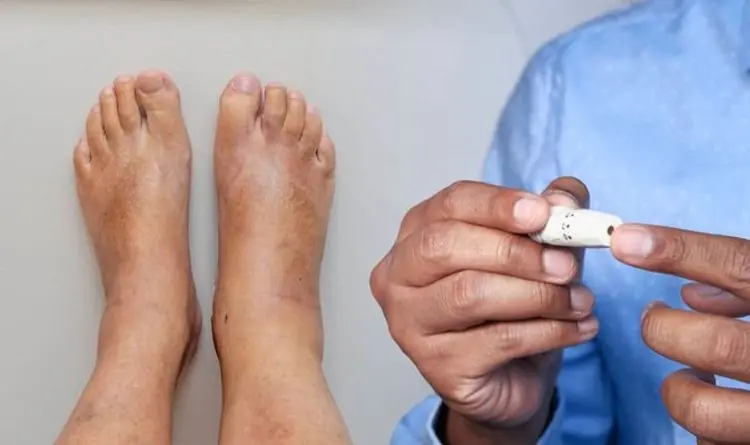
Your Feet Are A ‘Blood Sugar Meter’ – Beware Of Diabetes If You Frequently Experience These 12 Symptoms
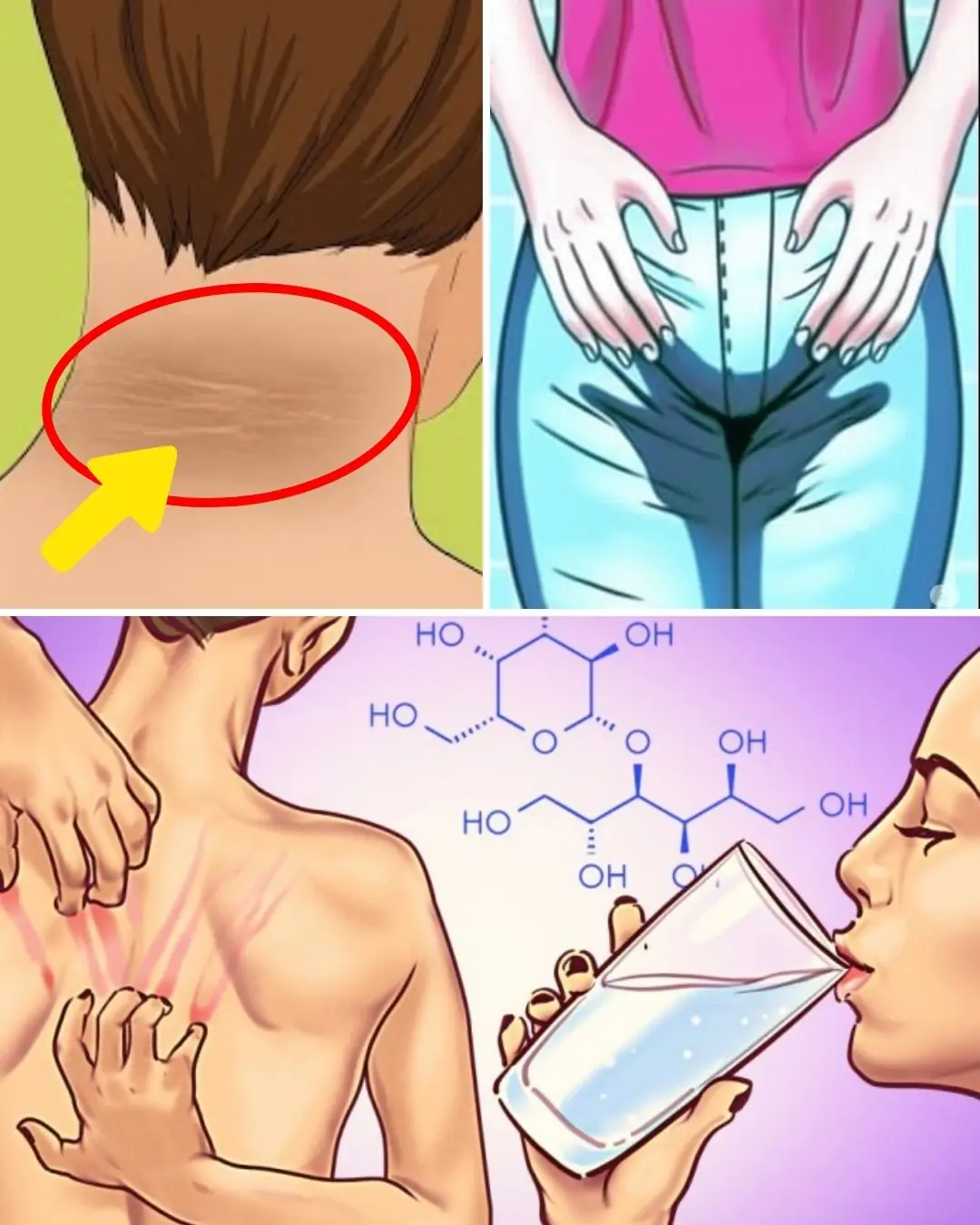
What are the symptoms of diabetes?

Shoulder Pain from Sleeping: Causes, Solutions and More

6 Trigger Foods That Cause Agonizing Pain If You Have Neuropathy
News Post

The One Show Faces Viewer Backlash Over ‘Gruelling’ Children in Need Challenge Squad Fundraiser

The wonderful uses of boiled beer, solving problems that every household encounters

Tom Fletcher and Son Buzz Deliver Emotional Duet for BBC Children in Need 2025

Beware Portuguese Man-of-War Found on Beach

Why Your Dog Stares at You …What That Look Really Means

Why Some People’s Skin Turns Red When Drinking Alcohol

Do You Think Like an FBI Agent

What Your Nails Reveal About Your Health: Hidden Signs You Shouldn’t Ignore

Apple and Issey Miyake Redefine Tech Fashion With the $230 iPhone Pocket

A Simple Black Blade That Saves Birds: The Surprising Wind Turbine Breakthrough

A Silent Threat: How Aortic Atherosclerosis Develops and How You Can Protect Yourself

6 Groups of People Who Should Avoid Eating Duck Meat — No Matter How Much They Crave It

The #1 reason to drink lemon water daily (and the mistakes that ruin it)

3 Types of Coffee Proven to Boost Longevity and Lower the Risk of Heart Disease and Stroke

4 Foods You Shouldn’t Eat With Tofu

Firefighters Want Everyone To Know What They Should Never Plug Into A Power Strip

Uncovering the Viral Trigger Behind Lupus: Scientists Reveal a Surprising Link

A Quiet Hero: The 24-Year-Old Saving Over 1,400 Animals from Euthanasia
